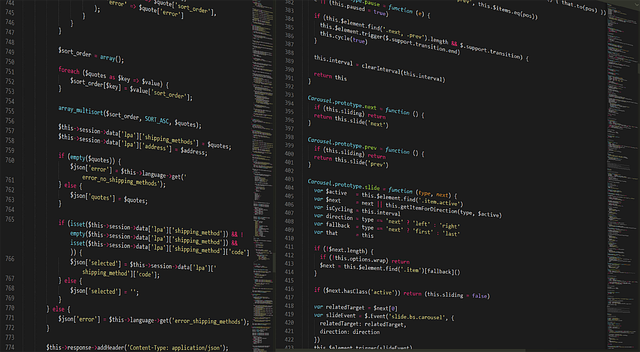
Basic Coding Guidelines
Introduction
In the realm of software development, coding guidelines play a crucial role in ensuring that code is not only functional but also maintainable and understandable. These guidelines help developers adhere to best practices, which can significantly enhance the quality of the software produced. This article outlines some fundamental coding guidelines that are widely accepted in the industry.
1. Consistent Naming Conventions
Using consistent naming conventions is essential for code readability. Variables, functions, and classes should be named in a way that clearly indicates their purpose. Here are some common practices:
- Use meaningful names: Avoid vague names like `temp` or `data`. Instead, opt for descriptive names such as `userAge` or `calculateTotal`.
- Follow a naming pattern: Stick to a specific style, such as camelCase for variables and functions (e.g., `calculateTotal`) and PascalCase for classes (e.g., `UserProfile`).
- Avoid abbreviations: Unless they are widely recognized, avoid abbreviating names as they can lead to confusion.
2. Code Structure and Formatting
A well-structured codebase is easier to navigate and maintain. Here are some formatting guidelines to consider:
- Indentation: Use consistent indentation to indicate code blocks. This enhances readability and helps identify the structure of the code.
- Braces: Place opening braces on a new line. This is a common practice in many coding standards, making it easier to identify the beginning of code blocks.
- Line Length: Aim to keep lines of code within a reasonable length (typically 80-120 characters) to avoid horizontal scrolling.
3. Commenting and Documentation
Comments are vital for explaining the purpose and functionality of code. They help other developers (and your future self) understand the logic behind certain decisions. Consider the following:
- Use comments judiciously: Write comments that explain why a piece of code exists, not just what it does. Avoid stating the obvious.
- Document functions: Include comments at the beginning of functions to describe their parameters, return values, and any exceptions they might throw.
- Maintain updated documentation: Ensure that comments are kept up to date as the code evolves.
4. Error Handling
Robust error handling is a key aspect of reliable software. Here are some guidelines to follow:
- Use exceptions: Implement exception handling to manage errors gracefully. This prevents the application from crashing and allows for a better user experience.
- Return meaningful error messages: When an error occurs, provide clear and informative messages that can help in diagnosing the issue.
- Log errors: Maintain a logging system to capture errors and important events. This aids in troubleshooting and improving the software over time.
5. Code Reviews
Code reviews are an essential part of the development process. They provide an opportunity for developers to learn from each other and improve the overall quality of the code. Here are some best practices:
- Encourage constructive feedback: Reviews should focus on improving the code rather than criticizing the developer.
- Set clear criteria: Establish what aspects of the code will be reviewed, such as adherence to coding standards, performance, and security.
- Make it a regular practice: Incorporate code reviews into the development workflow to ensure consistent quality.
Conclusion
Adhering to basic coding guidelines is essential for producing high-quality software. By following these practices, developers can enhance code readability, maintainability, and overall project success. Establishing a culture of coding standards within a team can lead to more efficient and effective software development.

















 The Heartbeat of Sports: BBC Sport
The Heartbeat of Sports: BBC Sport 
 Health
Health  Fitness
Fitness  Lifestyle
Lifestyle  Tech
Tech  Travel
Travel  Food
Food  Education
Education  Parenting
Parenting  Career & Work
Career & Work  Hobbies
Hobbies  Wellness
Wellness  Beauty
Beauty  Cars
Cars  Art
Art  Science
Science  Culture
Culture  Books
Books  Music
Music  Movies
Movies  Gaming
Gaming  Sports
Sports  Nature
Nature  Home & Garden
Home & Garden  Business & Finance
Business & Finance  Relationships
Relationships  Pets
Pets  Shopping
Shopping  Mindset & Inspiration
Mindset & Inspiration  Environment
Environment  Gadgets
Gadgets  Politics
Politics 